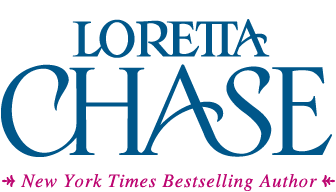“Jealousy” by George Cruikshank, 1 November 1825, courtesy Lewis Walpole Library.
Once again, I recommend you click on the link, in order to zoom in on the image and enjoy the details. Apparently, the letter signed “Anonymous,” under the gentleman’s hand, suggests that his lady is untrue, and several images suggest that her lover is an officer. At least two of the imps wear cuckold’s horns, one pointing to the lady who’s climbing down the rope ladder to run off with an officer, while the night watchman . . . watches the proceedings. The other is offering green spectacles, suggesting that Our Hero see more clearly? Or view through the lens of jealousy?
The wigged men in black are apparently lawyers, probably suggesting a “criminal conversation” or crim con case. A pistol is introducing itself, as a weapon for a duel (the outcome of that is suggested on the mantel), murder, or suicide, while hanging is another option (aided by another imp). The two books on the floor are Byron’s Don Juan, the long poem about the famous lover (well worth reading, it’s witty and brilliant) and the Cuckoo Song Book (another cuckold reference). The painting on the right portrays Othello smothering Desdemona. The one above the gentleman’s head appears to be titled “Horn Fair,” another cuckold warning.
If we search online, we find some slightly different interpretations of the details in Cruikshank’s prints. Do you see anything I’ve missed? Or would you interpret some of the details differently?

